
1. Understanding Ponding Water on Flat Roofs
Ponding water on flat roofs occurs when water accumulates in low-lying areas, unable to drain away properly. This is a common issue for buildings with flat or nearly flat roofing systems. While a small amount of water may not cause immediate harm, long-term ponding water can lead to significant damage. It can weaken roofing materials, cause leaks, and even lead to structural issues over time.

H. Recinos Roofing Contractors
94 2nd Ave 3rd floor, Newark, NJ 07104, USA
2. Identifying Signs of Roof Damage from Ponding Water
Prolonged exposure to ponding water can slowly deteriorate the integrity of your roof. Recognizing the early signs of damage is crucial in preventing costly repairs later. Here are some common indicators:
1. Visible Puddles or Standing Water
The most obvious sign of ponding water is visible puddles or standing water on your flat roof. If you notice water lingering on your roof for more than 48 hours after a rainstorm, it's likely that you have a drainage issue that needs addressing.
2. Water Stains or Leaks Inside
If ponding water is not addressed promptly, it can lead to leaks. Inside your home, look for water stains on ceilings or walls, especially near the corners or around windows. This could be a sign that water is infiltrating through the roof due to prolonged ponding.
3. Roof Material Deterioration
Another sign of damage is visible deterioration of your roof material. Over time, ponding water can cause roofing materials, such as tar or membrane, to degrade. Look for cracks, blisters, or bubbling areas where the material may have weakened.
3. How Ponding Water Causes Roof Damage
Ponding water creates pressure on the roofing material, which can lead to various issues:
1. Increased Weight on the Roof
Standing water adds extra weight to your roof, putting stress on the underlying structure. This can lead to sagging and cause cracks or even collapse in severe cases. Even if the water seems shallow, over time it can cause significant damage.
2. Degradation of Roofing Materials
Most roofing materials are designed to withstand the elements, but long-term exposure to water can cause them to break down. For instance, EPDM (ethylene propylene diene monomer) roofing can weaken under constant water exposure, leading to cracking or splitting.
3. Mold and Mildew Growth
Ponding water promotes the growth of mold and mildew, which can further damage your roof and create indoor air quality issues. This is particularly dangerous for homeowners with respiratory issues and can lead to costly remediation if left unchecked.
4. Repairing Roof Damage Caused by Ponding Water
If you suspect or have identified damage caused by ponding water, taking action quickly can help minimize the repair costs. Here’s how to address the issue:
1. Check and Clear Roof Drains
The first step in repairing roof damage from ponding water is to ensure that your roof's drainage system is working properly. Clogged gutters, downspouts, or roof drains can prevent water from flowing off the roof, leading to further ponding. Clean out debris and check that the water flows freely from your roof.
2. Address Low Points on the Roof
In many cases, ponding occurs in low areas of the roof where the slope is insufficient for water runoff. This can be corrected by adding additional slope to the roof, which may involve re-roofing or installing tapered insulation. This will allow the water to flow off the roof more effectively.
3. Patch Damaged Roofing Materials
Once the water drainage issues are resolved, inspect the roof for any damaged areas caused by ponding water. Depending on the extent of the damage, you may be able to patch small cracks or blisters. For larger areas of deterioration, it may be necessary to replace sections of the roof membrane or material.
4. Install Roof Coatings
A roof coating can help extend the lifespan of your roof and prevent future damage from ponding water. Some coatings provide a waterproof sealant that helps protect against the elements and prevent water from seeping through.
5. Preventing Ponding Water on Flat Roofs
While addressing ponding water is important, prevention is always the best solution. Here are a few steps to help prevent water from pooling on your flat roof in the first place:
1. Ensure Proper Roof Design
One of the most effective ways to prevent ponding water is by designing your roof with proper slope and drainage. A slight slope can make a huge difference in ensuring water flows off the roof, rather than collecting in low-lying areas.
2. Regular Roof Inspections
Regularly inspect your flat roof, especially after heavy rainstorms, to ensure there are no drainage issues. Early detection of clogged drains or low areas can help you avoid the costly repairs associated with ponding water.
3. Maintain Your Roof Drainage System
Keep your gutters, downspouts, and roof drains clear of debris year-round. Regular maintenance of your roof’s drainage system will help ensure that water does not accumulate and cause ponding.
If you need help with identifying or repairing ponding water damage on your flat roof, contact BeachCo Roofing Hub. Our expert team offers reliable services and solutions to help maintain your roof and prevent further damage.


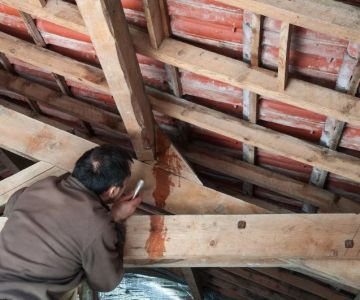
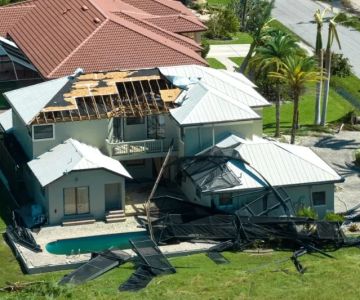
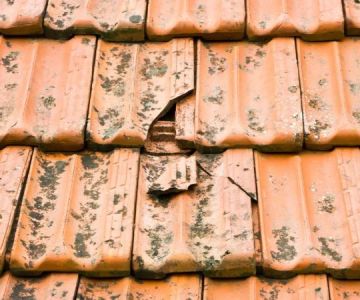
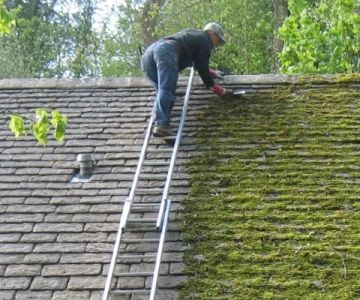
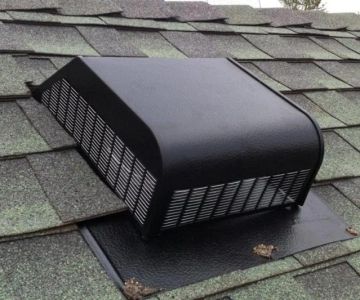
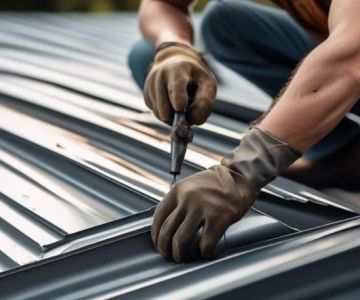
 Santamaria Roofing Inc5.0 (26 reviews)
Santamaria Roofing Inc5.0 (26 reviews) Roofing Service Pro's5.0 (16 reviews)
Roofing Service Pro's5.0 (16 reviews)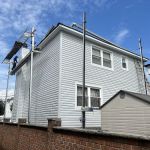 VEVA Roofing and Construction5.0 (26 reviews)
VEVA Roofing and Construction5.0 (26 reviews)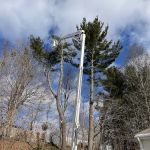 Colonial Exteriors4.0 (20 reviews)
Colonial Exteriors4.0 (20 reviews)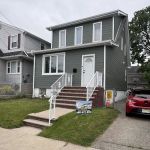 Seci Construction, Inc.4.0 (53 reviews)
Seci Construction, Inc.4.0 (53 reviews) David's Roofing and Restorations, LLC5.0 (51 reviews)
David's Roofing and Restorations, LLC5.0 (51 reviews)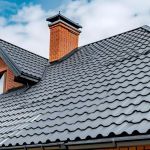 The Average Cost of a Roof Warranty Extension Beyond Standard Terms
The Average Cost of a Roof Warranty Extension Beyond Standard Terms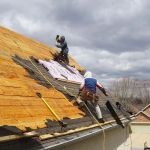 How to Identify and Repair Roof Damage from Long-Term Shade and Moisture
How to Identify and Repair Roof Damage from Long-Term Shade and Moisture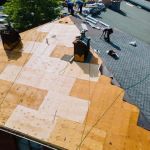 The Cost of a New Roof with a 50-Year Warranty: What You Need to Know
The Cost of a New Roof with a 50-Year Warranty: What You Need to Know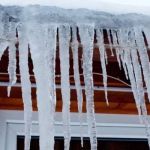 How to Maintain Roof Valleys and Downspouts to Prevent Ice Dams
How to Maintain Roof Valleys and Downspouts to Prevent Ice Dams The Average Cost of a Roof Warranty Transfer When Selling a Home
The Average Cost of a Roof Warranty Transfer When Selling a Home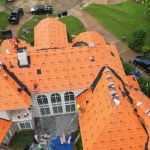 The Average Cost of a New Roof for a 2,000 Square Foot House
The Average Cost of a New Roof for a 2,000 Square Foot House